Convert Oil Wells to Solve the Solar Storage Problem
Cars That Think
MARCH 14, 2022
The California-based Hyperlight Energy will be piloting an installation where they plan to use existing oil wells as solar thermal wellsprings, with the stored energy being converted back to clean electricity when required. For Hyperlight, the California Public Utilities Commission energy transition plan from 2021, requiring 11.5

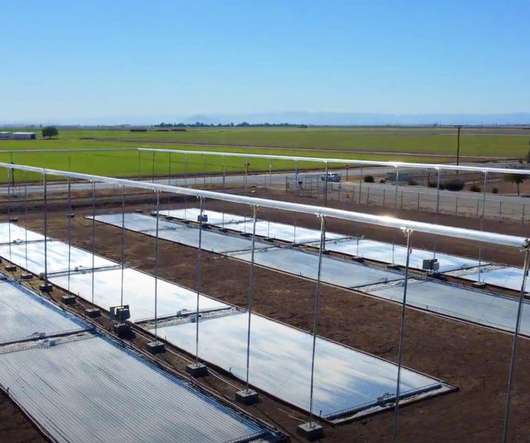

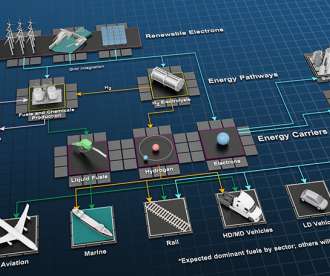







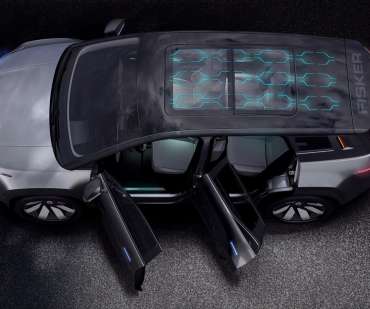









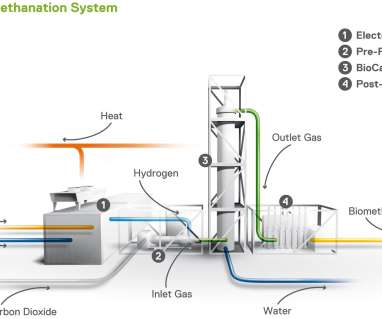








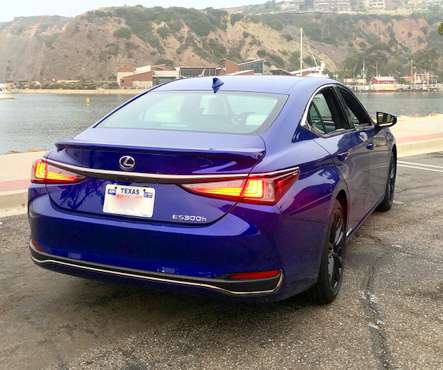









Let's personalize your content